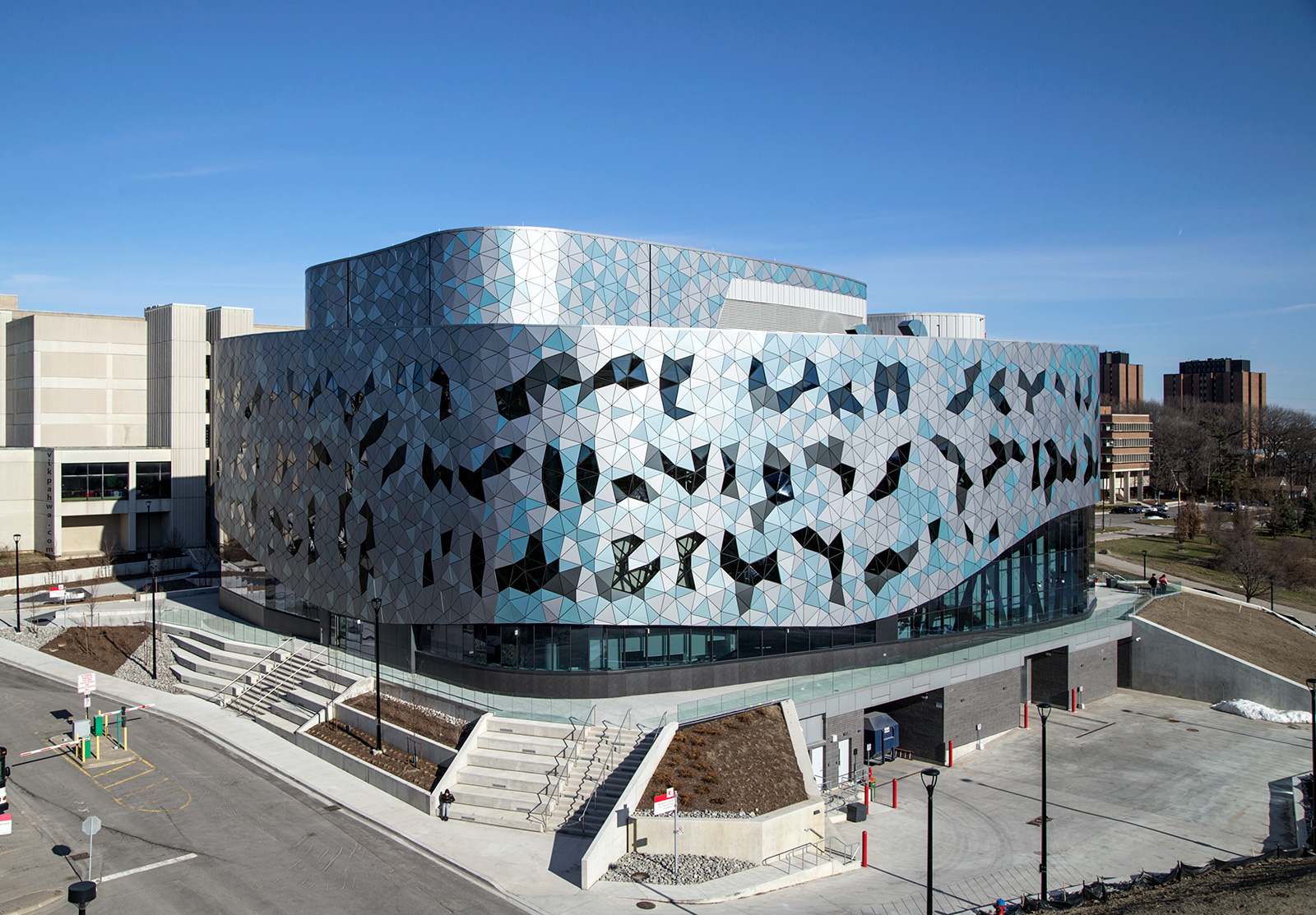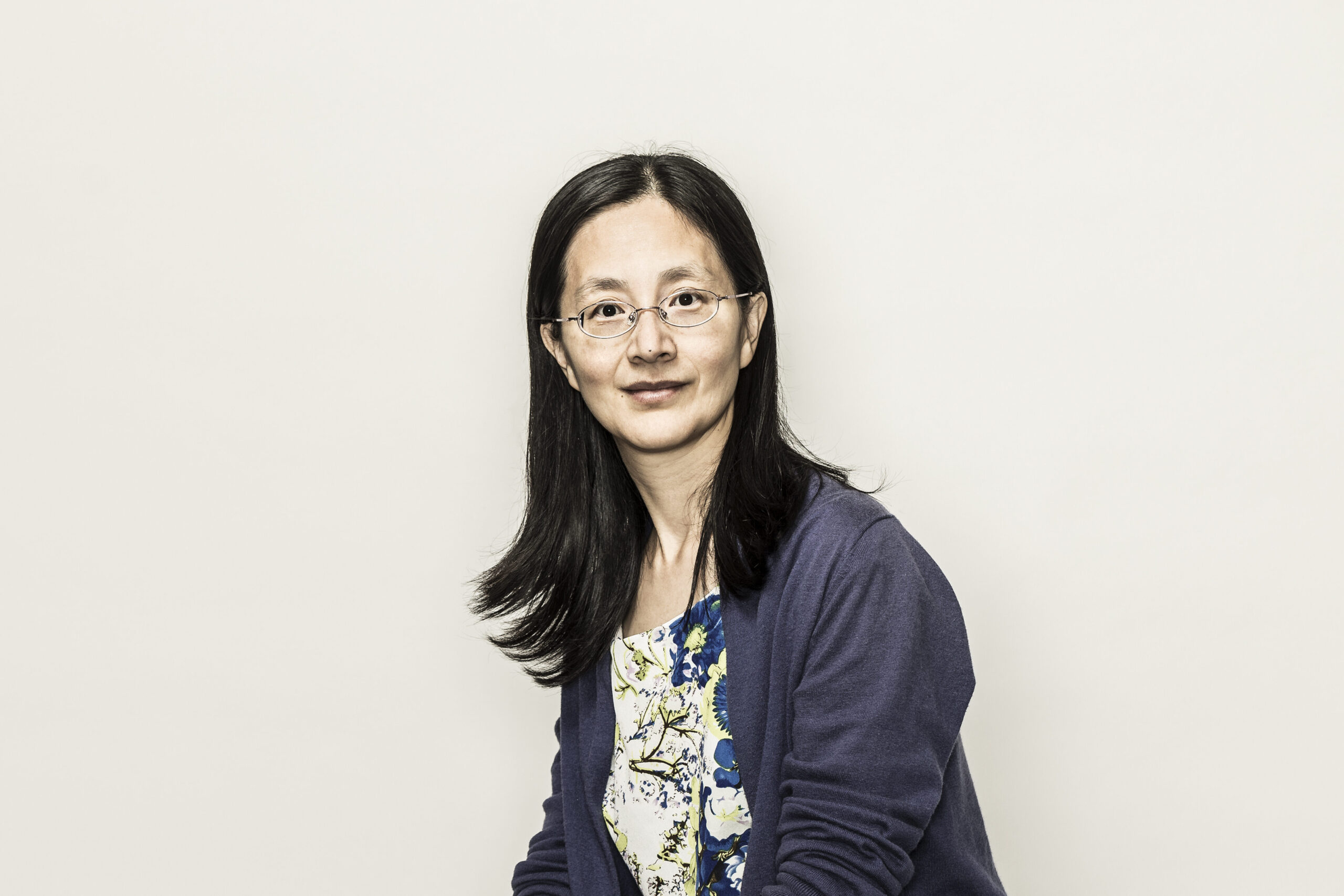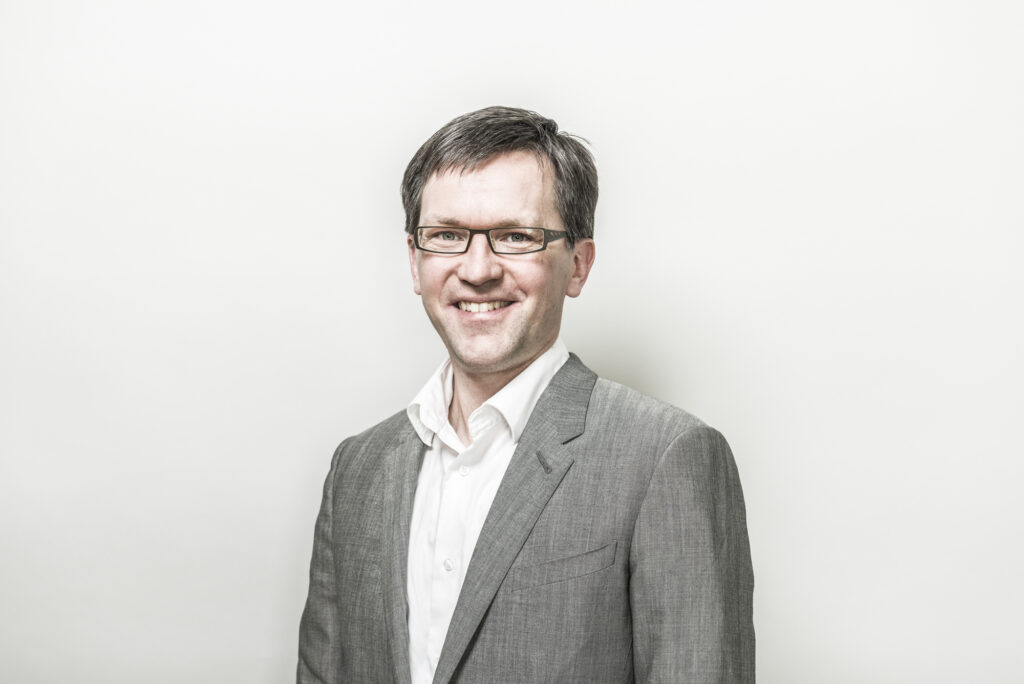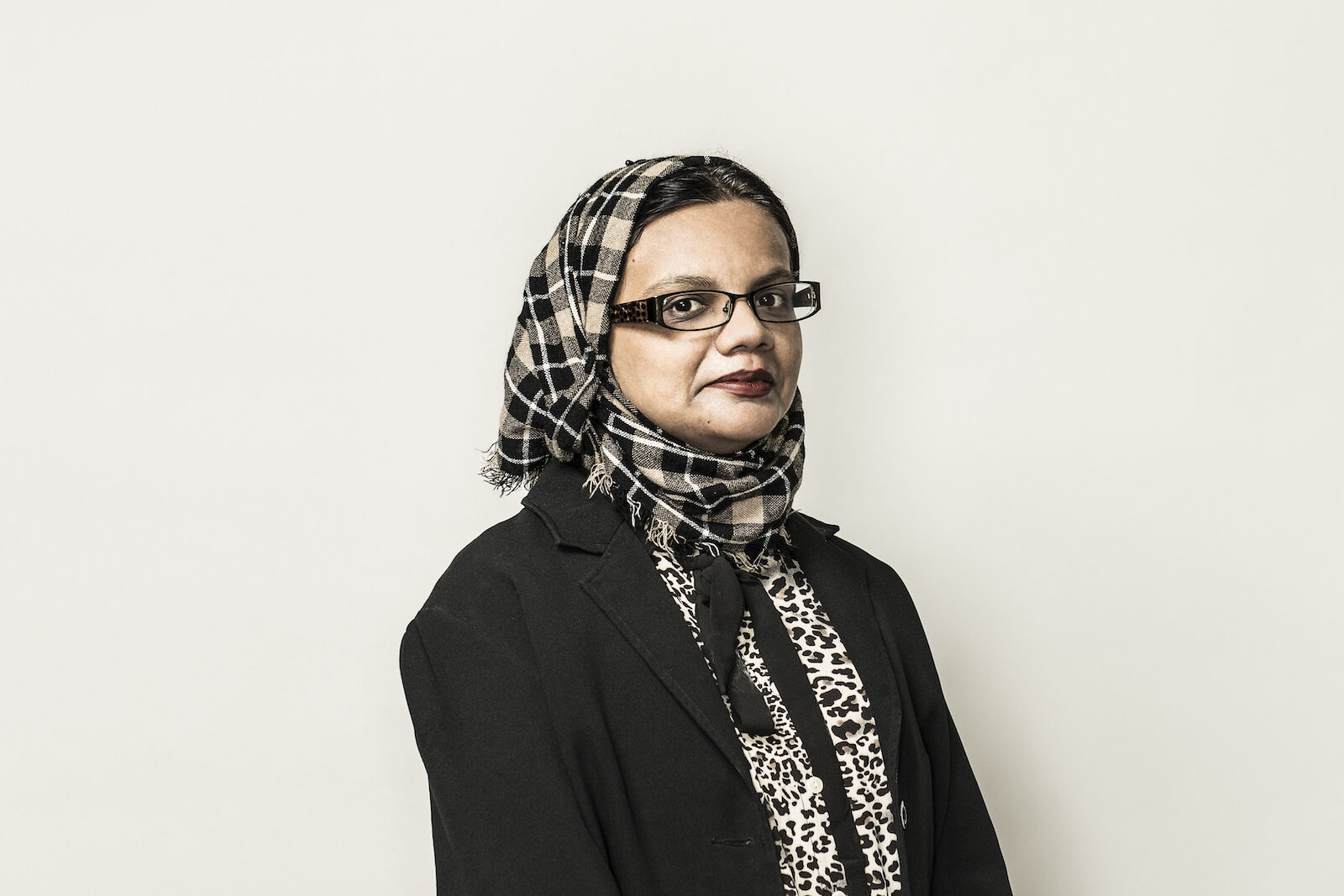Creating positive change through Telecommunications Engineering
Tags:

The field of telecommunications engineering focuses on various methods of communication, their design and implementation, from personal devices like cell phones to the infrastructure required to operate autonomous vehicles safely and reliably. In 2022, for the first time, York University earned a spot on ShanghaiRanking’s Academic Ranking of World Universities for this field (top 10 in Canada and 101-150 globally), scoring particularly well in measures of research influence and international collaboration. This accomplishment was driven by the impressive work being done by researchers at the Lassonde School of Engineering in areas of machine learning and Artificial Intelligence (AI), molecular communication and multi-band wireless networks. Furthermore, this recognition reinforces the strength of Lassonde as an emerging Faculty to study and do research in the telecommunications engineering field in the department of Electrical Engineering and Computer Science, where there are both undergraduate and graduate programs that include training in wireless communications, mobile devices and more.
The dedication and innovation of many Lassonde researchers contributed to this telecommunications ranking, thanks specifically to the incredible work of Dr. Ping Wang, Dr. Andrew Eckford, and Dr. Hina Tabassum.



When reflecting on why Lassonde’s contributions scored so high in research influence, Dr. Wang said that in part, “We are investigating emerging and promising research topics ranging from blockchain to deep enforcement learning.” Specifically referring to the impact of some of her well-cited articles (Cloud/Fog Computing Resource Management and Pricing for Blockchain Networks, 2018; Applications of Deep Reinforcement Learning in Communications and Networking: A Survey, 2019; A Survey on Consensus Mechanisms and Mining Strategy Management in Blockchain Networks, 2019), she said “They provided a comprehensive and systematic review and analysis of the state-of-the-art works in the literature.”
Dr. Eckford weighed in concerning a well-cited contribution of his, saying “Molecular communication is an emerging and rapidly growing field of research, with hundreds of researchers around the world. This paper (A Comprehensive Survey of Recent Advancements in Molecular Communication, 2016) was a key contribution to help new researchers understand more about the field, and I am happy that so many have found it useful.”
Research
The research group led by Dr. Wang has an interest in machine learning, developing innovative advanced algorithms that address various challenging problems in communications and distributed computing. In the future, Dr. Wang would like to leverage AI technology to solve communications-related problems (including resilience against cyber-attacks, sensor faults and unexpected operating conditions).
Since 2013, Dr. Eckford and his team have been working on molecular communication. They were the first to send a text message via molecular communication – which was done on a low-cost, tabletop device. More recently, they have begun to analyze biological signal transduction, to understand the capabilities of intercellular communication.
Dr. Tabassum and her team are interested in exploring cutting-edge AI solutions for planning and resource management of next generation multi-band wireless networks with applications to aerial/vehicle networks, satellite networks, internet-of-things (IoT) and more. They have made a variety of contributions in the field of wireless communications especially related to the performance modeling, design, optimization, and radio resource management of 5G/6G multi-band (radio frequency, terahertz, millimetre-wave) wireless networks (e.g., The Meta Distributions of the SIR/SNR and Data Rate in Coexisting Sub-6GHz and Millimeter-Wave Cellular Networks, 2020; Mobility-Aware Performance in Hybrid RF and Terahertz Wireless Networks, 2021). The wireless solutions they are developing are necessary to build autonomous and mobility-aware next generation wireless networks.
The Future
“Molecular communication has the potential to unlock new and transformative applications in bioengineering and nanomedicine,” said Dr. Eckford when asked to reflect on his work.
“I see the Lassonde School of Engineering as a future hub of Next Generation Autonomous and Self-Organizing Wireless Networks,” said Dr. Tabassum. She would like to grow Lassonde’s capabilities in this sector with the addition of more experimental facilities, specifically around antenna design.
Lassonde is looking forward to future accomplishments and growth in this field, while pursuing national and international collaboration opportunities and supporting the efforts of those who want to pursue studies or research in the field of telecommunications.